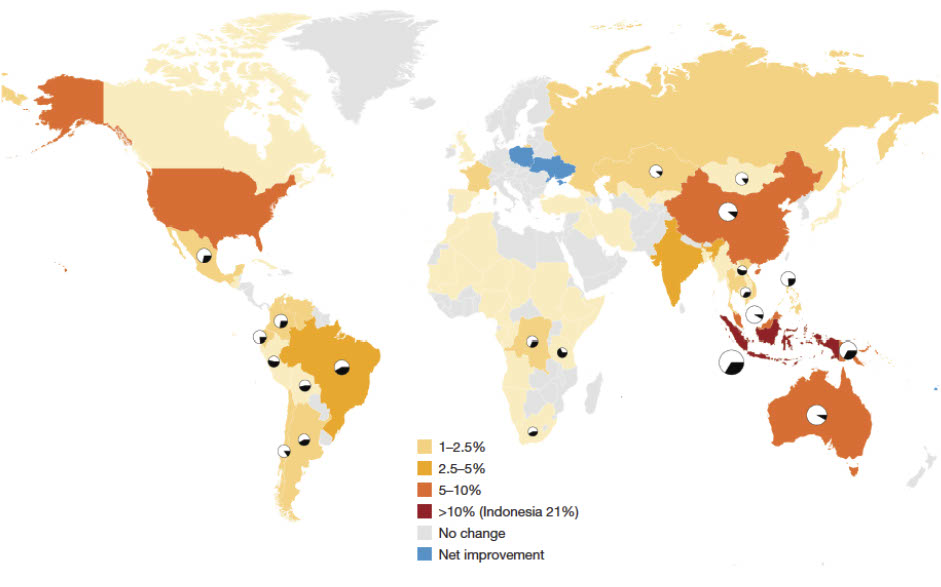Daniel Miller

Understanding the Allocation and Effectiveness of Global Funding for Forest Conservation
Protecting forests is key to enhancing global sustainability by reducing climate change, biodiversity loss, and poverty. Billions of dollars in international aid have therefore been committed to forest conservation programs, especially in forest-rich but economically poor countries across the globe. Research demonstrates that the level of financial resources committed to forest conservation is one of the most important determinants of conservation success.
However, there is a significant lack of systematic knowledge of funding flows and their impacts. Building such knowledge first requires basic empirical information on forest conservation investment. This project will address this research gap by 1) synthesizing current literature on the allocation and effectiveness of forest conservation funding, 2) developing a novel method to track forest conservation aid based on machine learning and natural language processing approaches, and 3) mapping forest conservation aid flows globally over the past four decades.
Results from this research project will advance knowledge of the allocation of different kinds and amounts of forest aid. In so doing, they will generate evidence needed for interdisciplinary understanding of the impacts of such funding on forest ecosystems and local communities around the world. The project will also lead to a new method that has applications beyond forest conservation aid, including the ability to track funding in other sectors, such as health and sanitation. In these ways, this project will contribute to a broader science of philanthropy that can be harnessed to guide future research and investments toward achieving global sustainability goals.
